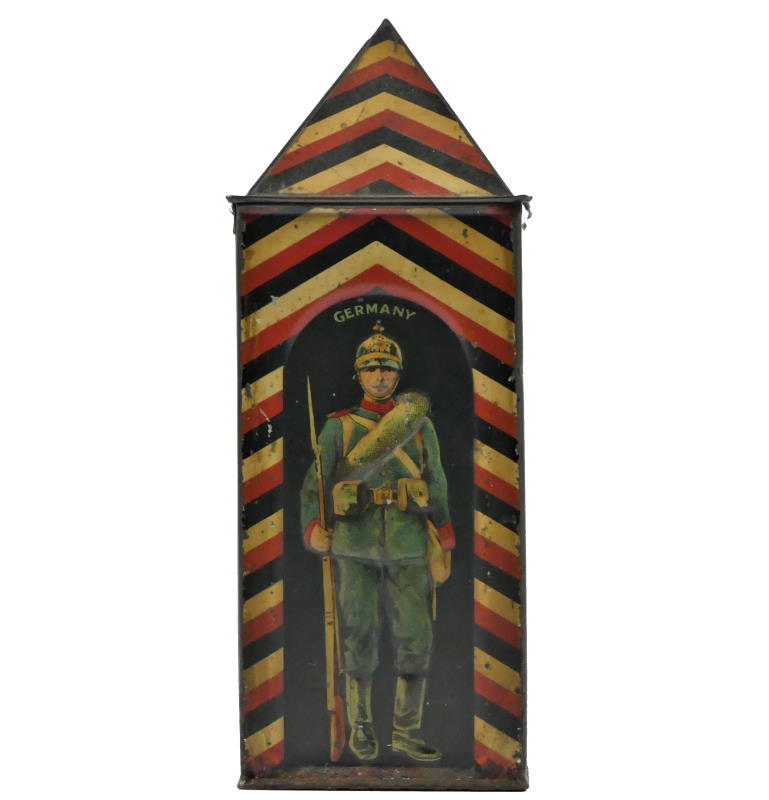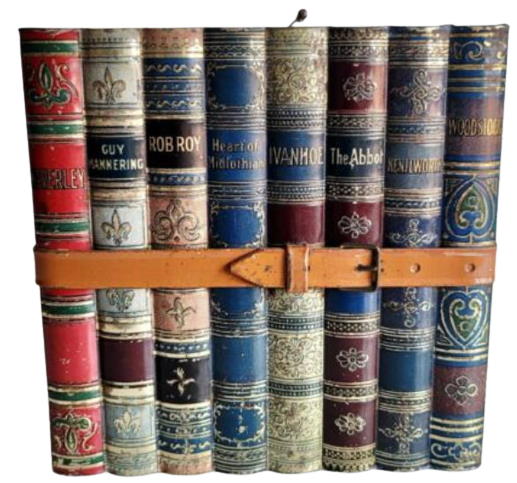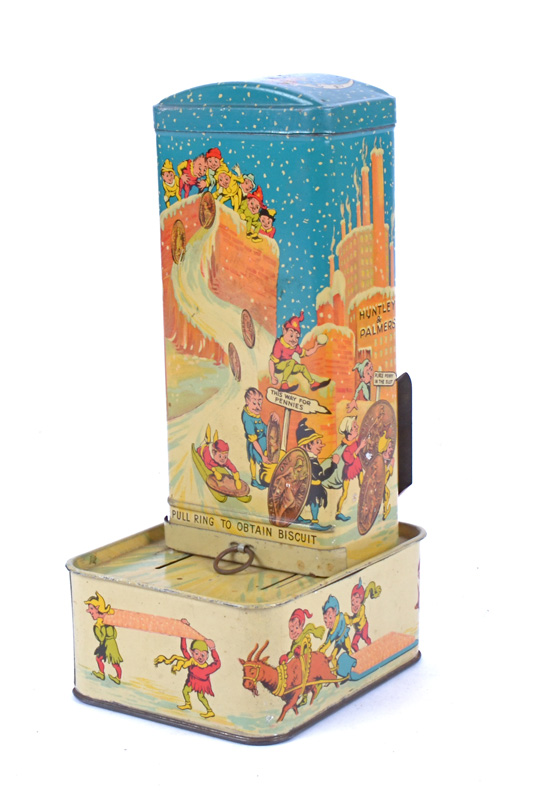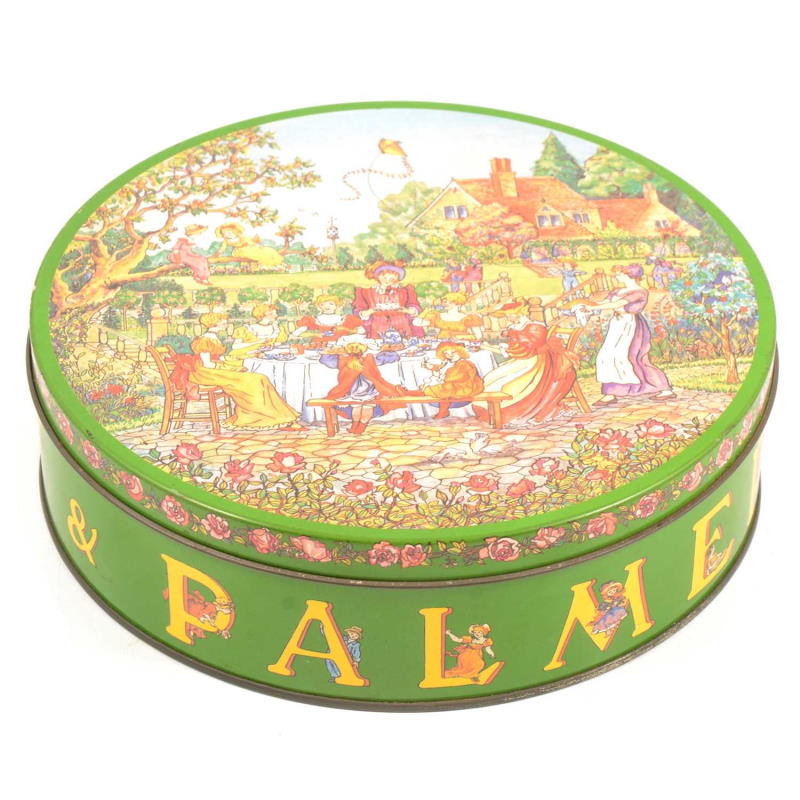Huntley & Palmers Tins – A Legacy of Biscuits and Timeless Collectables – Established in 1822 by Quaker Joseph Huntley and later joined by his cousin George Palmer, the company quickly rose to prominence, becoming “The Most Famous Biscuit Company in the World” during the nineteenth and twentieth centuries. With a legacy of over 150 years, Huntley & Palmers’ success was not only attributed to its top-quality products but also its innovative packaging and advertising, especially the now highly sought-after collectible tins. We take a look at a brief history of the company and look at some of their iconic Biscuit Tins such as The Sentry Box, The Waverley and the notorious Kate Greenaway tin.

Huntley & Palmers’ early years were marked by rapid growth, thanks to the expanding global trade and travel during the industrial revolution and the British Empire’s dominance. The company’s biscuits and cakes became a staple in over 137 countries worldwide, earning them a reputation for being “Number One in Biscuits and Second-to-None in Cakes.”
The company offered a wide range of products but became famous for their biscuits like Nice biscuit, Gingernut and the Bath Oliver. Their product lineup catered to various tastes and preferences, ensuring there was a Huntley & Palmers biscuit for everyone.

But what truly set Huntley & Palmers apart from other confectionery companies was their exquisite packaging. The company’s tins, in particular, were a testament to their ingenuity and commitment to excellence. These tins not only preserved the biscuits’ freshness but also doubled as a form of art and advertising.
Success and innovation went beyond what was consumed. The brand’s tins, originally created for practical airtight storage, ensuring produce stayed oven-fresh and unbroken, became iconic in their own right. 1
Featuring intricate designs, detailed illustrations, and vibrant colors, the tins were produced in various shapes and sizes to pique consumer interest. Some featured famous landmarks, while others showcased scenes from British history, folklore, or royalty. These innovative tins garnered numerous gold awards at trade fairs in the decades surrounding the turn of the 20th century.

Reading is affectionately known as “Biscuit Town” due to the immense success of Huntley & Palmers’ biscuit factory. The factory, which employed up to 5,000 people at its peak, played a crucial role in the town’s development, both economically and socially. As the factory flourished, Reading transformed from a quiet market town into an industrial hub, with the population increasing rapidly as workers flocked to find employment at the renowned biscuit factory. The presence of Huntley & Palmers in Reading left an indelible mark on the town’s history, and even today, the spirit of “Biscuit Town” lives on in the hearts and minds of the local community.
The Museum of Reading which has an excellent section on the History of Huntley and Palmers and features on the tins categorise the Huntley and Palmer’s tins into 10 categories and time periods:
1. Ten Pound Tins
2. The first decorative tins – the Ben George
3. Offset lithography tins
4. Books, baskets and binoculars
5. First World War and the home front
6. Between the wars
7. Royalty
8. Mid 20th century tins
9. Wedgwood favourites
10. Naughty, but Nice including the famous Kate Greenaway Tin

Today, these Huntley & Palmers tins have become treasured collectables, with enthusiasts worldwide scouring antique stores, flea markets, and online auctions for rare and unique finds. These tins not only provide a glimpse into the company’s rich history but also serve as a testament to the company’s dedication to quality and innovation. It is the legacy of their iconic tins that will remain an enduring symbol of the company’s golden age and a cherished piece of history for collectors worldwide.
Related
1 200 years of ‘the Biscuit Town’ feature at the Museum of Reading
Huntley & Palmers Online





